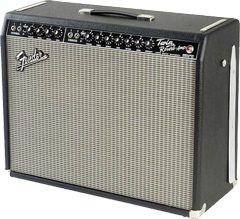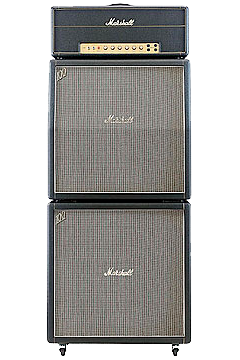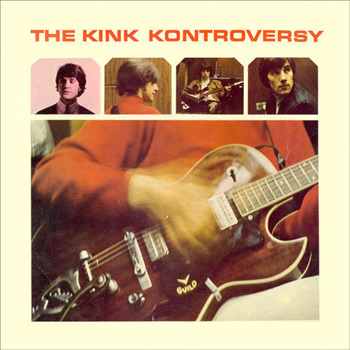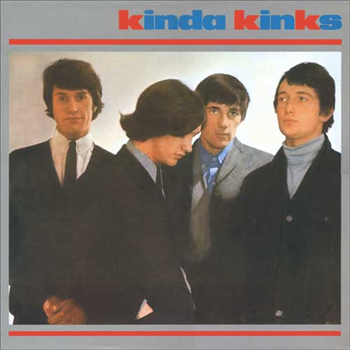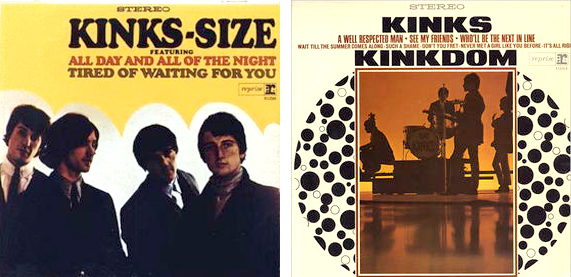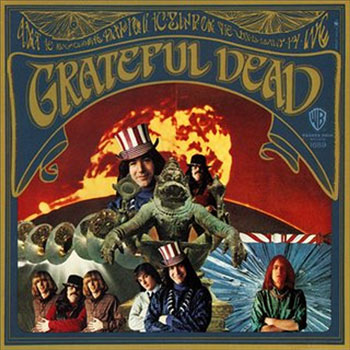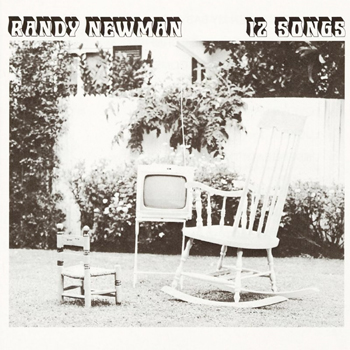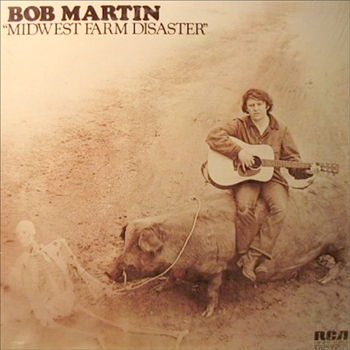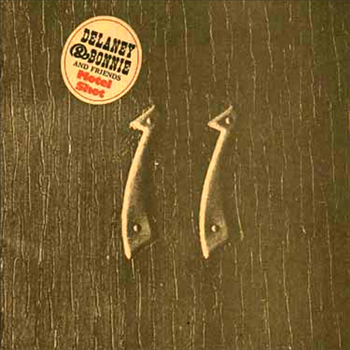Lonnie Mack “The Hills of Indiana”
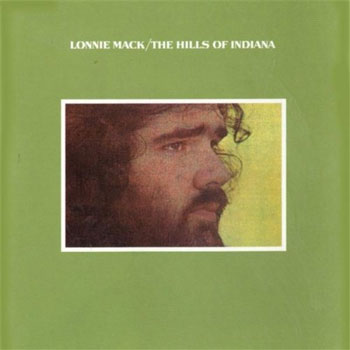
Probably due to the success of The Band, starting in 1970 a slew of rockabilly and rhythm and blues artists diverged from the sound that gave them a name in the 60s and released at least one kick ass roots rock album. File Hills of Indiana on the same shelf.
Lonnie Mack’s 1971 outing may not slay listeners the first time around like Bobby Charles or Link Wray, though it reels in that familiar mix of blues, soul, & country rock. Indiana finds Lonnie trading his guitar slinger/blues-instrumental persona for gentler roots rock with touches of gospel and even straight bluegrass – Uncle Pen is a faithful rendition of the Bill Monroe number. He shows good taste with versions of Bob Dylan’s Man In Me, Carole King’s A Fine Way To Go, and Mickey Newbury’s She Even Woke Up To Say Goodbye. There are five originals (cowrote with Don Nix) with some fine cuts in Motown-inspired trucker ode Asphalt Outlaw Hero, the low-key and orchestrally ornamented Florida, and album closers All Good Things Will Come To Pass and Three Angels.
The album’s production is a touch on the clean side, edging near schmaltzy, and closer to Dale Hawkin’s pro-studio approach than Wray’s chicken shack. This kills only a little appeal for this near classic record, still worth a spot in any Americana collection.
“Florida”
![]() Original Vinyl | 1971 | Elektra | search ebay ]
Original Vinyl | 1971 | Elektra | search ebay ]
![]() MP3 Album | download @ amazon ]
MP3 Album | download @ amazon ]
![]() Spotify link | listen ]
Spotify link | listen ]

